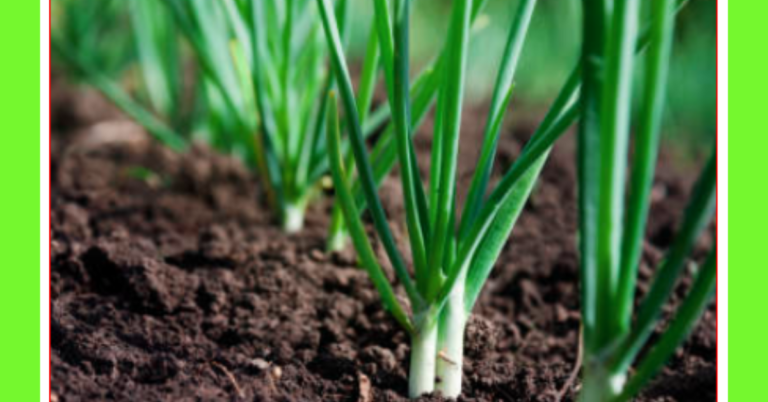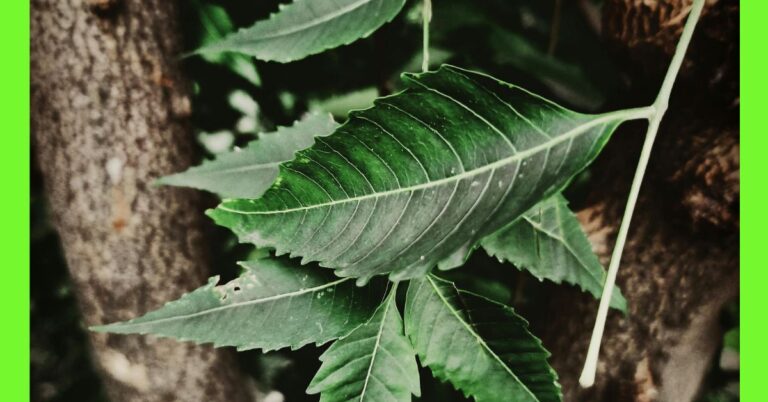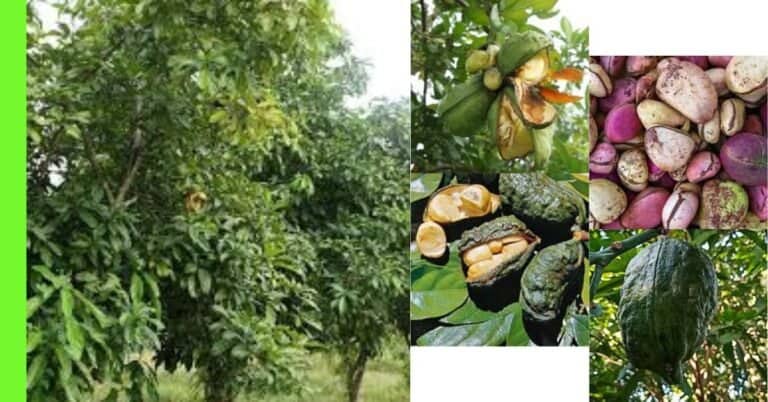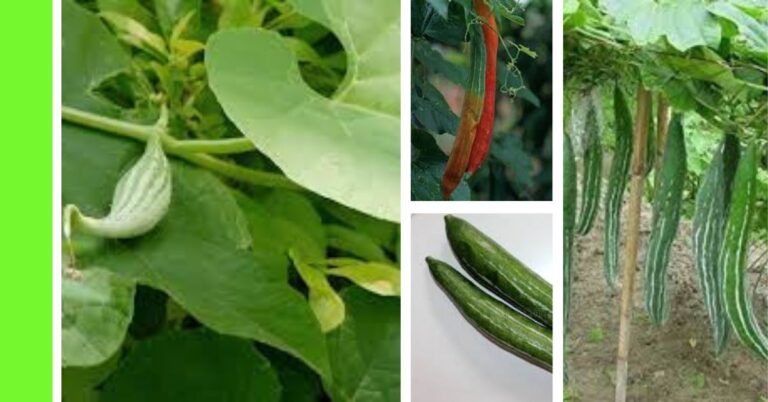How To Plant Green Pea: A Step-By-Step Guide
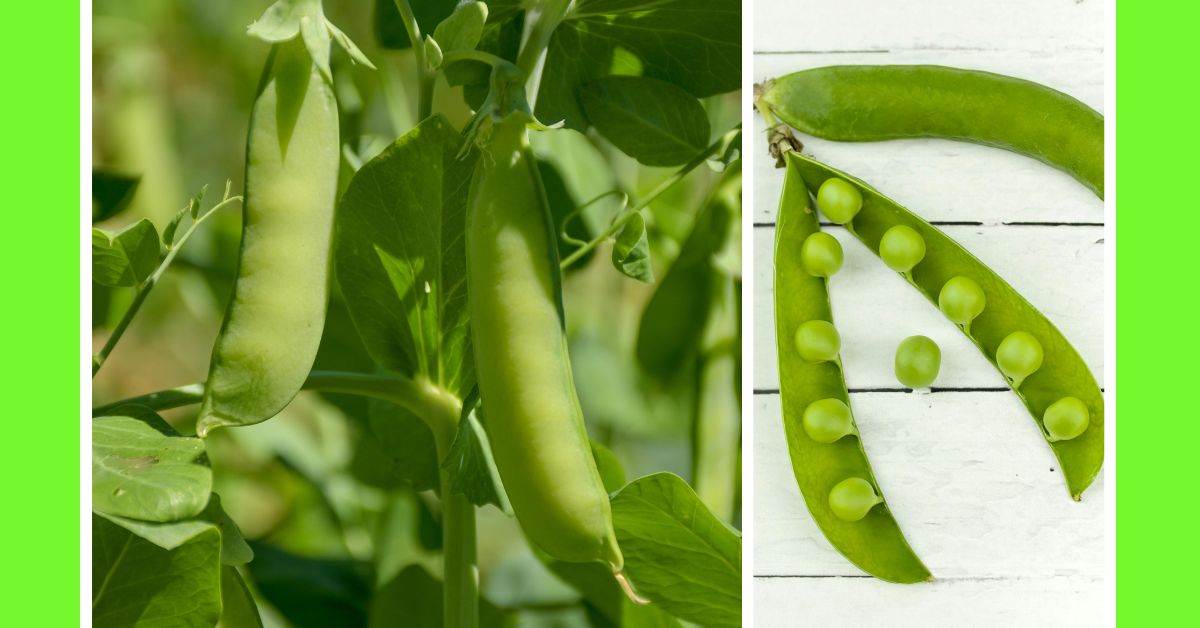
Green peas, known for their nutritious value and versatility, are a favourite addition to many Nigerian dishes.
This guide provides detailed steps for planting and cultivating green peas in Nigeria, from land preparation to pest control.
Description of a Green Pea Plant
Green peas, scientifically known as Pisum sativum, are annual plants that belong to the legume family.
Typically, they grow as vine plants, producing green, pod-shaped fruits filled with round, edible seeds.
They are often grown for their sweet, starchy seeds and can be either vining or bush-like in structure.
These plants can enrich the soil with nitrogen, making them beneficial for crop rotation systems.
Planting Season for Green Peas in Nigeria
Green peas thrive in cool weather conditions, as extreme heat can reduce flowering and seed formation.
In Nigeria, it’s best to plant them during the cooler months or in areas with a moderate climate.
The ideal planting season is generally from November to February, when temperatures are relatively cooler, especially in the Northern regions.
Planting Green Pea
Step 1 – Choose a Location
Select a well-drained, sunny area for planting green peas.
Although they can tolerate partial shade, green peas yield better in full sunlight.
Ensure the soil is loose and fertile, with a neutral to slightly acidic pH of 6.0-7.5.
Step 2 – Land Clearing and Preparation
Clear the selected land of any weeds, rocks, and debris.
Green peas do not compete well with weeds, so ensuring a clean start is essential.
Once cleared, till the soil to a depth of about 20-25 cm to improve aeration and root penetration.
Step 3 – Means of Propagation
Green peas are primarily propagated through seeds.
Choose high-quality seeds from reputable suppliers to ensure good germination and disease resistance.
Step 4 – How to Plant Green Peas from Seed
- Spacing: Space the seeds about 2-3 cm deep in rows, leaving 5-10 cm between plants and 60-75 cm between rows.
- Planting depth: Sow seeds at a depth of 2-3 cm to allow for adequate moisture and avoid surface drying.
- Support system: For vining varieties, install trellises or stakes to support the plants as they grow. This will help increase airflow, reduce the risk of fungal infections, and make harvesting easier.
Step 5 – Watering
Green peas require moderate watering.
Water the plants immediately after planting and maintain consistent moisture in the soil, especially during flowering and pod formation stages.
Avoid overwatering, as green peas are prone to root rot in waterlogged soil.
Step 6 – Apply Manure
Green peas benefit from organic matter in the soil.
Apply well-rotted manure or compost before planting.
Peas are nitrogen-fixing plants, so excessive nitrogen is unnecessary and can reduce yields.
However, you can apply a balanced fertilizer with low nitrogen but higher phosphorus and potassium content once the plants begin to flower.
Maturity and Harvest
Green peas typically reach maturity between 60 to 70 days after planting, depending on the variety and growing conditions.
Pods are ready to be harvested once they are full and firm to the touch but still green. To harvest, simply pick the pods by hand, gently pulling them off the vine.
Harvesting should be done regularly, as allowing pods to over-mature can reduce overall yield and discourage further production.
Pests and Diseases
Green peas in Nigeria may be affected by various pests and diseases, including:
- Aphids: These tiny insects suck sap from the leaves and stems, potentially stunting growth.
- Pea weevils: These pests can damage seeds within the pod, affecting yield.
- Powdery mildew: A fungal disease that causes white powdery spots on leaves, reducing photosynthesis.
- Root rot: This soil-borne fungal disease affects roots, especially in poorly drained soils.
Pest and Disease Control
- Cultural Control: Maintain proper spacing to enhance airflow, which can reduce fungal growth. Remove and destroy infected plants immediately to prevent the spread of diseases.
- Organic Pest Control: Use neem oil sprays to control aphids and other soft-bodied insects. A mixture of garlic and water can also repel some pests.
- Chemical Control: In severe cases, insecticides and fungicides may be applied. Use these as a last resort and follow application instructions to avoid harming beneficial insects or contaminating the soil.
How Many Green Pea Plants Can I Grow on a 50 ft by 100 ft Land, and What Quantity of Green Pea Can I Harvest?
On a 50 ft by 100 ft plot, you can plant approximately 1,000 to 1,500 green pea plants, given optimal spacing for air circulation and healthy growth.
Assuming each plant produces around 250 grams of peas, the total harvest can range between 250 to 375 kg.
Yield may vary based on factors like soil quality, climate, and management practices.
By following these steps and guidelines, you can successfully cultivate green peas in your garden or farm.
I hope this article was helpful.
Is there any crop you want to grow and can’t find in our How to Grow category?
Let us know; leave a note in the comment box below.

